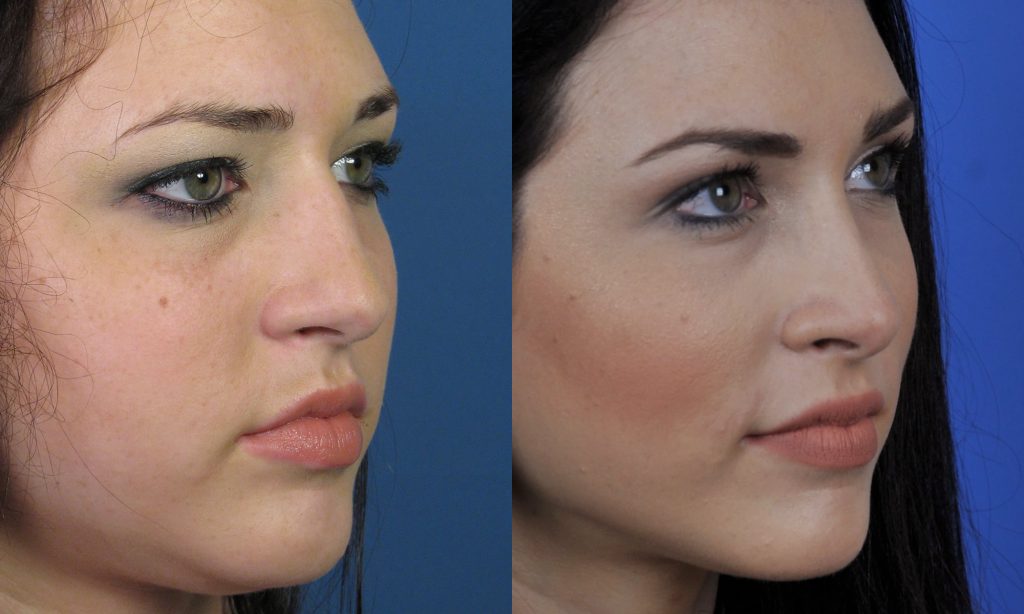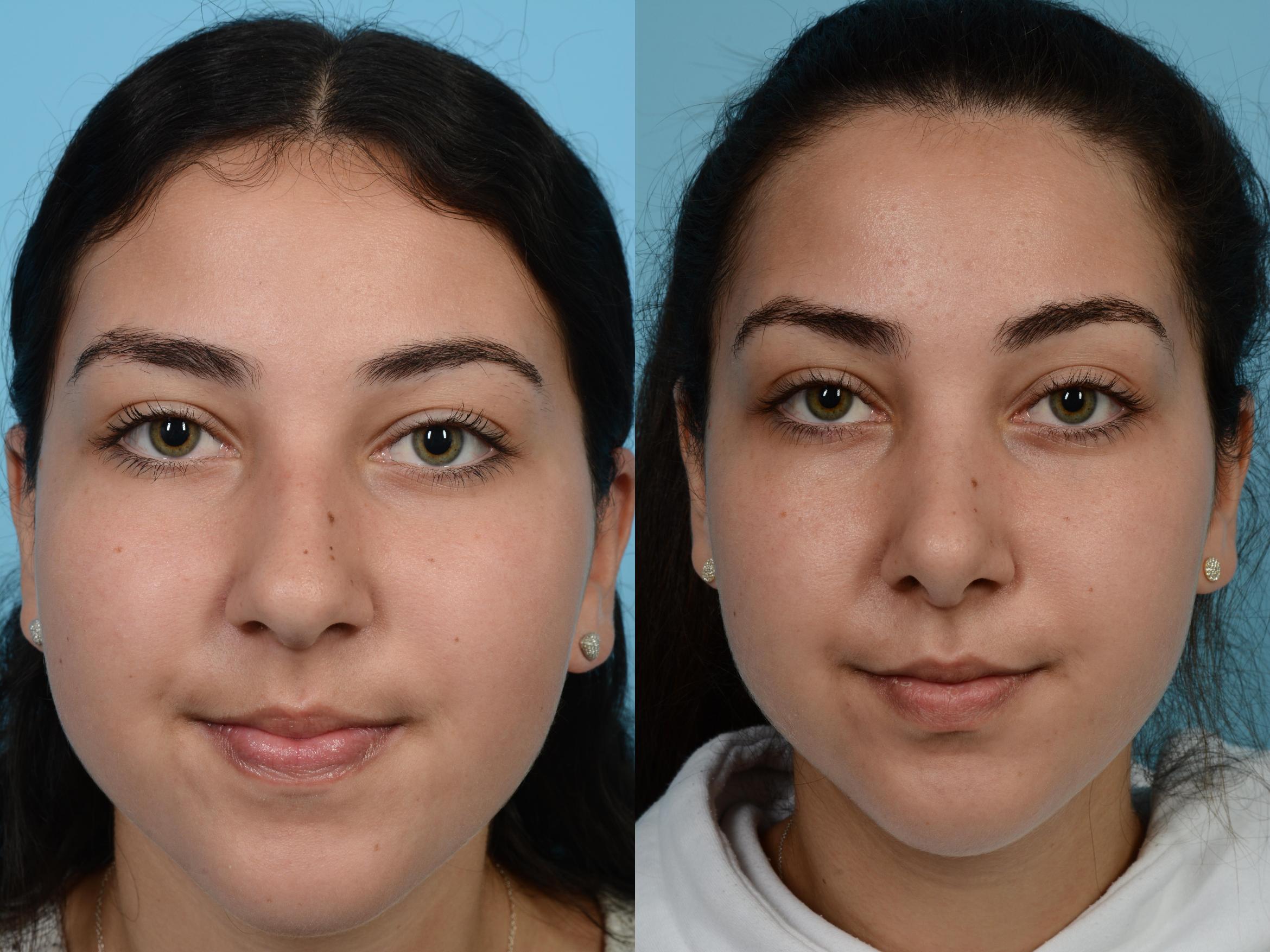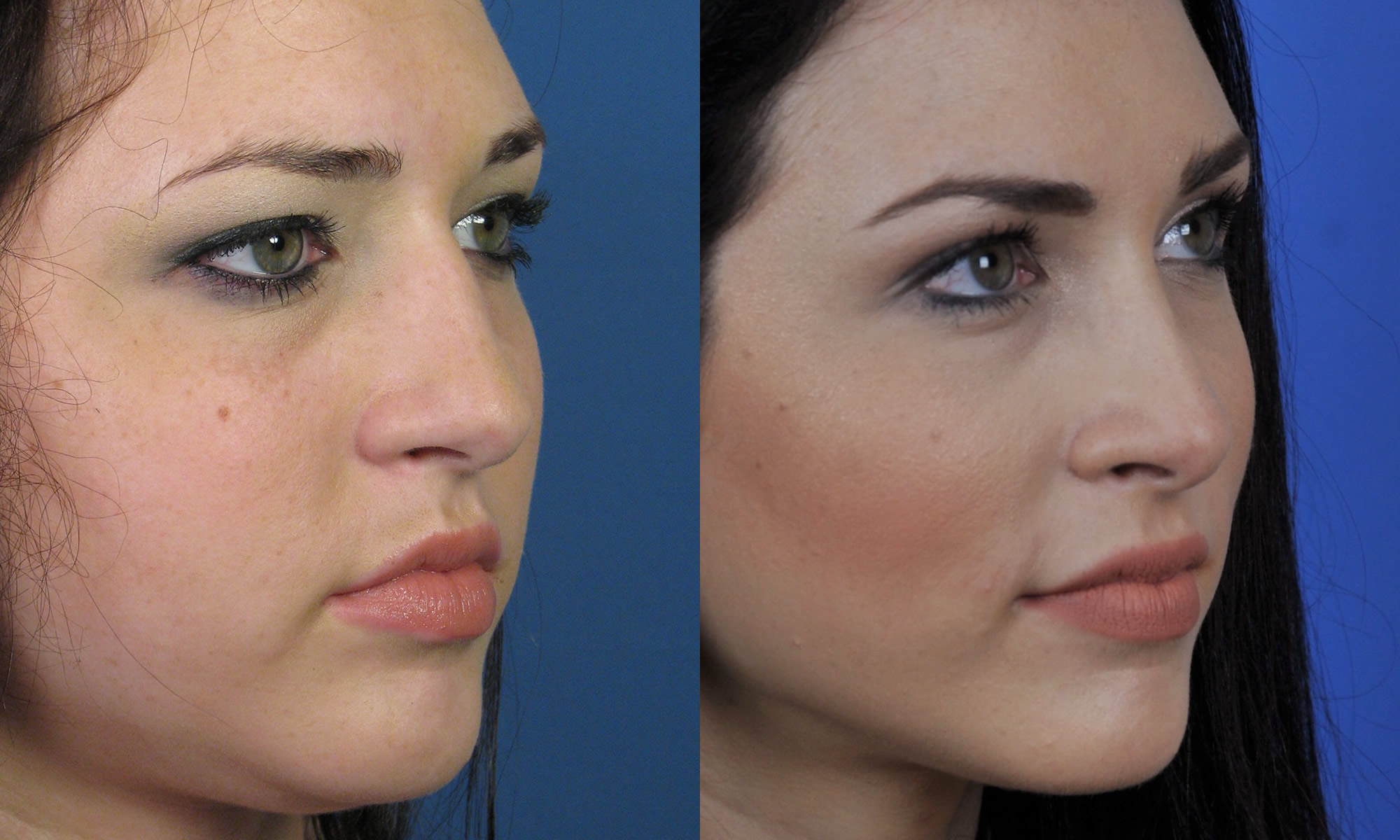
An Overview On Rhinoplasty Recovery – How Long Does It Take to Recover From a Nose Job?
A charming face is all about balance and proportions. The front and center nose form the basis of this aesthetic balance. With the help of an experienced and qualified cosmetologist, the nose gets reshaped and refined to emphasize the patient’s natural beauty.
On the surface, Rhinoplasty looks purely cosmetic surgery. After all, the work of the nose can make the big nose smaller, straighten the bent nose, and smooth the bumpy nose. Most people do nose work to improve the look, but this procedure also gives physical advantages that have little to do with your character.
What is Rhinoplasty?
Nose reshaping surgery, or Rhinoplasty, improves a person’s nose’s shape, size, and symmetry and increases its proportion to other parts of the face. Experienced and qualified cosmetologists can perform Rhinoplasty to be rewarding and improve your life. Patients often find that, as they always thought, the nose they are looking at looks natural, improving their overall appearance.
Step by step process of Rhinoplasty
Rhinoplasty usually gets done out patiently. That is, you will not stay overnight. General anesthesia or local anesthesia gets given. Oversleep the surgery with general anesthesia. Local anesthesia soothes you and paralyzes your nose, so you can’t feel the pain. During surgery, the surgeon makes an incision in the nostril.
In more challenging cases, the surgeon can also do an incision at the bottom of the nose. The surgeon then shapes the inner bone and cartilage to make it look more comfortable.
The recovery process of Rhinoplasty
After surgery, your physician may put a plastic or metal support on your nose. Sprints help keep the new shape as the nose heals. You can also place a facial mask or splint in the nostrils to help stabilize the septum, which is part of the nose between the nostrils.
After surgery, it will get monitored for at least several hours in the recovery room. If all goes well, we will leave later in the day. Anesthesia still affects you, so you will need someone to drive you home. If the procedure is complicated, you will need to get hospitalized for a day or two.
Rest your head high on your chest to prevent bleeding and swelling. If your nose is puffy or filled with cotton, you may feel crowded. Patients usually need to leave splints and bandages in position for up to a week after surgery. You may have absorbent sutures, which means they dissolve and do not need to get removed. If the suture is not absorbed, you will require to see your doctor again one week after surgery to remove the suture.
Secretions and bleeding may occur days after surgery. A drip pad, a gauze tied under the nose, can hold blood and mucus. Your surgeon will tell you how often you should change your drip pad. You may have a headache, your face may swell, and your doctor may prescribe painkillers.
Nose surgery is a relatively safe and straightforward procedure, but it can take some time to heal, and you might experience some rhinoplasty side effects. The tip of the nose is particularly sensitive and can be numb and enlarged for months. It can get fully treated in a few weeks, but some effects may last for months. It may take a year before the outcome of surgery can be entirely evaluated.



